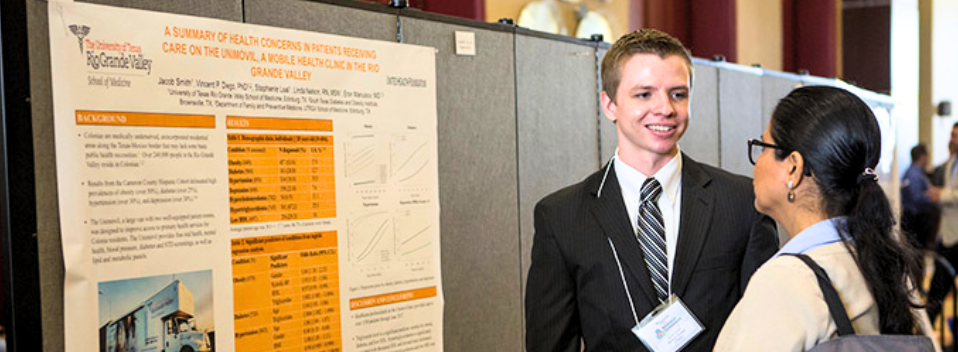MEDI 8127 Scholarly Activities Pre-Clerkship
Document Type
Article
Publication Date
6-2023
Abstract
Hypertensive disorders of pregnancy (HDPs) are the major contributors to various maternal and fetal complications. Additionally, these lead to 30,000 maternal, and 500,000 perinatal deaths annually. The delayed diagnosis and treatment during a hypertensive episode of HDPs contributes significantly to its complications. Home blood pressure (BP) monitoring is a process that involves patients monitoring their blood pressure outside the clinical setting, and it has been proven to have benefits by having better blood pressure control in chronic hypertensive patients. Home BP monitoring has also been implemented in pregnant patients in high-income countries, and research has shown that this has not improved health outcomes. However, 99% of maternal and fetal deaths related to HDPs are seen in low-middle-income countries. Home BP monitoring should be implemented in low-middle-income countries to assess whether it makes a difference in the health outcomes of hypertensive pregnant woman. The Rio Grande Valley (RGV) is a low-middle income area that is found in the Texas-Mexico border, where 30% of the population live below the poverty line, and 40% of it have no insurance. This would be a good area to assess the effectiveness of home BP monitoring. Before starting this, barriers preventing patients from having access to a BP cuff need to be identified. The purpose of this study is to come up with an anonymous survey that helps identify these barriers. Subsequently, the next phase would involve identifying strategies to overcome these obstacles and enable patients to access home blood pressure (BP) monitoring, followed by evaluating its effectiveness.
Recommended Citation
Mora, Johanna and De Los Santos, Denise, "Barrier Identification of Home Blood Pressure Monitoring for Hypertensive Pregnant Patients in The Rio Grande Valley" (2023). MEDI 8127 Scholarly Activities Pre-Clerkship. 44.
https://scholarworks.utrgv.edu/som8127/44
Academic Level
medical student
Mentor/PI Department
Obstetrics and Gynecology


